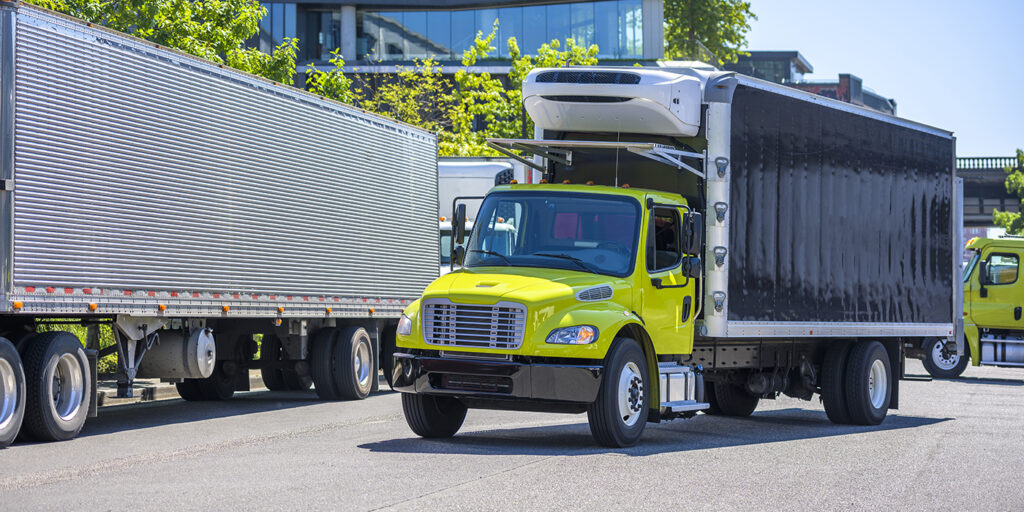For years, transportation workers have had one of the most dangerous jobs. In December 2023, the U.S. Bureau of Labor and Statistics shared in its 2022 National Census Of Fatal Occupational Injuries report that transportation incidents remained the most frequent type of occupational fatal events, accounting for over 37% of all fatalities.
According to the National Safety Council, in 2021, 5,700 large trucks were involved in fatal crashes, which is an 18% increase from 2020. The top two causes of fatal crashes for truck drivers are speeding and impairment (fatigue, alcohol or illness), according to a 2020 report by the Federal Motor Carrier Safety Administration.
Unsafe and distracted driving behavior is a threat to both individual truck drivers and fleet operators, who are responsible for the safety of their drivers. Safety isn’t just a business decision; it’s the right thing to do for drivers. As such, small fleet owners spend significant time educating their drivers about how they can stay safe on the road.
Unfortunately, training can’t always result in all drivers obeying the rules all of the time, especially with the near-omnipresent inclusion of mobile devices in the cab. For instance, drivers are distracted by their phones at least 10% of their driving time, according to the NHTSA.
Distracted driving is not the only potential concern. Drivers can also succumb to drowsiness or participate in unnecessary tailgating, which puts them and others on the road at risk. Fleet owners need a comprehensive plan to protect their employees and investments.
Here are three ways fleet owners can help establish a safety-first culture for their construction fleets:
- Incorporate a video-based road safety solution. Video is the best protection for drivers and their fleet. A dash cam and associated software can record the external environment and inside the cab to keep track of driver behavior and to identify what preceded an incident if it happens. For example, using technology with driver-facing cameras can help reduce the likelihood of accidents by sending audible in-cab alerts for risky behaviors, like tailgating, distracted driving or driving while drowsy.
An underrated reason why this is so valuable: using the mobile phone as a dash cam removes driver temptation to use the device as a distraction during the drive. Adding a video component to a fleet’s resources helps you get the whole story by seeing reliable video evidence alongside fleet data to help protect a fleet against false accident claims, exonerate drivers and reduce unnecessary expenses. - Implement GPS solutions to optimize routes. Reducing unnecessary miles is one of the simplest ways to improve driver safety. Short, optimized trips keep drivers fresh and minimizes the time drivers could get into an accident. The data also proves how valuable it is to fleets: 96% of fleets using GPS fleet tracking software find it to be beneficial, according to Verizon’s 2023 Fleet Technology Trends Report.
- Install OBD-II ports to monitor maintenance. Technology has also revolutionized vehicle maintenance, which not only keeps drivers safe, but also ensures that vehicles can stay on the road longer. OBD-II ports can help customize maintenance schedules for each vehicle and enable fleet managers to better estimate oil and brake pad changes and general maintenance to keep vehicles running smoothly. Through real-time tracking, fleets can use telematics via OBD-II ports to determine speeding, harsh braking, high speed events, and more where fleet owners can observe safety trends over time.
Improving driver safety needs to be a core goal of every fleet. The good news is that the technology exists and is affordable to make that goal a simple reality. And the best part is that driver safety contributes to the safety of all motorists and improves the fleet’s bottom line.
Marcus Newbury is the COO and co-founder of Driver Technologies, an AI-based mobility tech company that delivers a safer driving experience.













